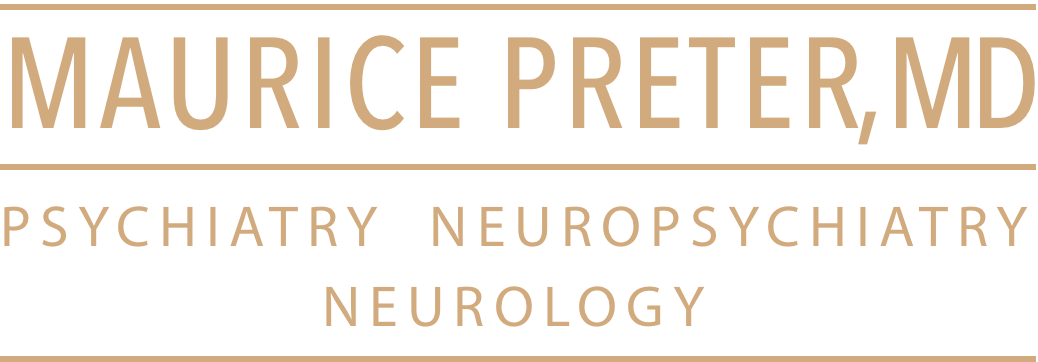- There is growing interest in integrating neuroscience and psychodynamic approaches, leading to fields like “psychodynamic neuroscience” and “neuropsychoanalysis”[1][6]. This aims to understand the neurobiological basis of psychodynamic concepts and processes.
- Neuroimaging studies have examined brain changes associated with psychodynamic psychotherapy, finding effects in regions like the frontal cortex, insular cortex, and putamen[1]. This provides evidence for how psychodynamic therapy influences brain function.
- Online/internet-based psychodynamic psychotherapy for adolescents has shown promising results in randomized controlled trials, suggesting it can be an effective and accessible treatment option[3].
- Key areas where neuroscience has informed psychodynamic approaches include: memory and trauma, attachment, mirror neurons and theory of mind, brain changes after therapy, and somatic symptoms[7].
- Some argue that modern psychotherapists need to incorporate neuroscience findings into their practice and understanding of mental processes[7]. This includes concepts like memory reconsolidation, neuroplasticity, and gene expression.
- Psychodynamic approaches may be well-suited to integrate with neuroscience, as they involve dynamic, hierarchical mental processes that align with current understanding of brain networks[5].
- There are now textbooks, journals, and research programs dedicated to psychodynamic neuroscience, indicating it is becoming an established field[5][6].
- Specific psychodynamic concepts like primary/secondary process, pleasure principle, and defense mechanisms are being studied from a neuroscientific perspective[5].
- This integration remains an active area of research and debate, with ongoing efforts to connect psychoanalytic theory with empirical neuroscience findings[1][5][7].
In summary, there is a growing body of work attempting to bridge neurology/neuroscience and psychodynamic psychotherapy, with researchers examining the neural correlates of psychodynamic processes and using neuroscience to inform and validate psychodynamic approaches. However, this remains an evolving field with much still to be explored.
Citations:
[1] https://www.ncbi.nlm.nih.gov/pmc/articles/PMC10073675/
[2] https://link.springer.com/journal/40120
[3] https://www.psychstudies.net/product/psychodynamic-psychotherapy-online-for-adolescents/
[5] https://academic.oup.com/book/25029/chapter-abstract/189068051?redirectedFrom=fulltext
[7] https://www.frontiersin.org/journals/psychology/articles/10.3389/fpsyg.2023.1101044/full
[8] https://theipi.org/clinical-training/psychodynamic-psychotherapy/
